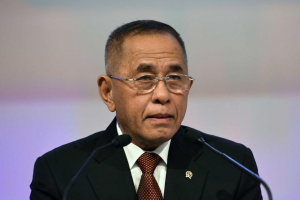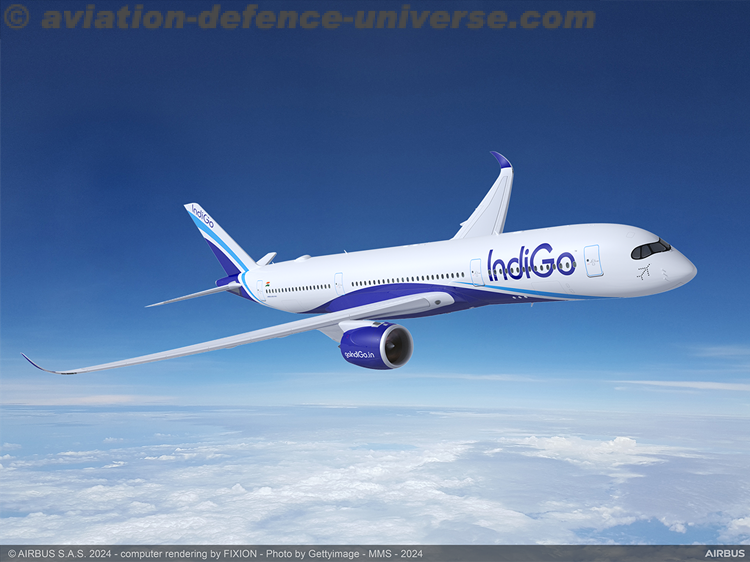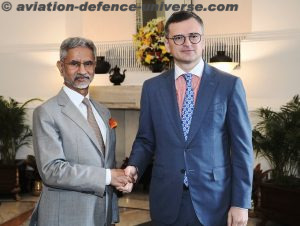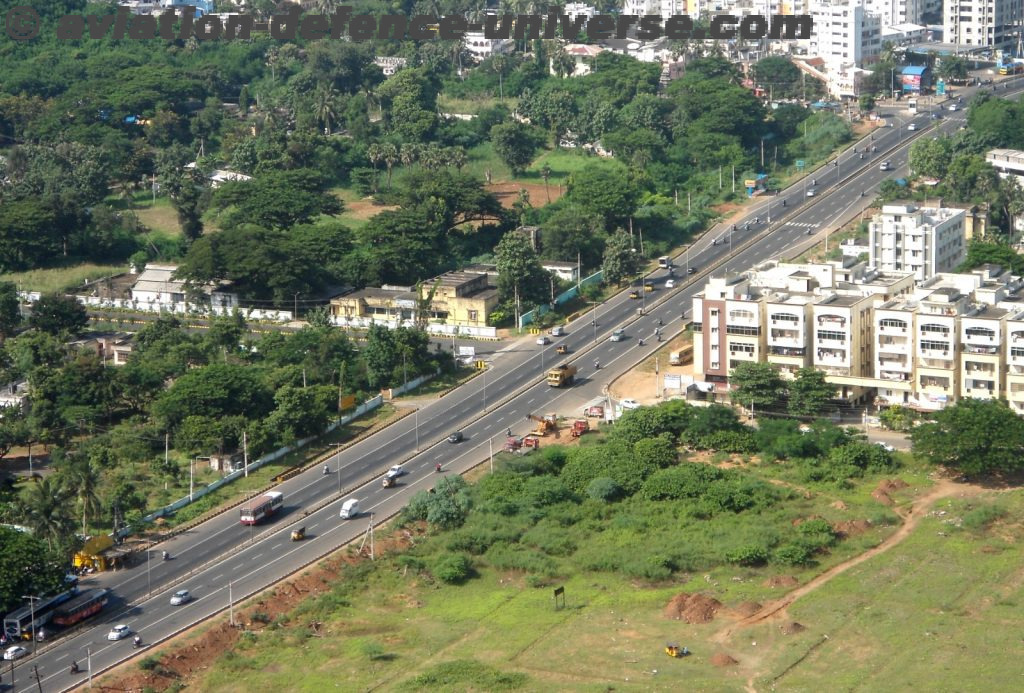 Jakarta. 20 April 2017. Indonesia has announced big plans to boost its defence capabilities with the heightened maritime activities in the ASEAN region and South China Sea.
Jakarta. 20 April 2017. Indonesia has announced big plans to boost its defence capabilities with the heightened maritime activities in the ASEAN region and South China Sea.
Immediate priority would be to beef up its weaponry systems to meet the challenges ahead, says Indonesian Defence Minister Ryamizard Ryacudu. At the Ministry Auditorium, Jakarta, he spoke of the regular maintenance of instrumental weapon systems. He said, “Indonesia could follow both the Australian and American models where they prioritise consumption expenditure to maintain instrumental weapons systems.”
The Defence Ministry expenditures comprise of capital, salaries, consumption which are governed by the relevant provisions of ministry respectively.
Indonesia is also currently in the process of updating a part of its eclectic mix of military aircraft. “We need to change machines,” he reiterated, referring to Indonesia Air Force (TNI AU)’s Hercules aircraft that needed regular maintenance to avoid catastrophic accidents.
Also citing as “too old to use”, the current F-5 fighter aircrafts will be replaced by F-16 as part of revamping the Indonesia military core.
The current eight Sukhoi aircrafts are insufficient to demand and have to be increased to 15 in order to improve the whole airforce system. But the downside is that the twin-engine aircraft comes with a hefty price to maintain. Hence, the “development on our own has to be continuous, that should become our priority”, he added.
Since its independence in 1945, the country has fielded aircraft from both sides of the Iron Curtain, often reflecting its political alignment. In 1986s, Indonesia purchased a batch of F-16s, intended to supplement its fleet of F-5E Tigers. However, after the U.S. imposed sanctions following Jakarta’s involvement in the 1999 East Timor independence, these quickly dilapidated due to a lack of spare parts.
As a result, the TNI-AU acquired Russian jets. Together with the F-16s, which were modernised after Washington lifted sanctions in 2005, these aircrafts still form the mainstay of Indonesia’s aerial combat fleet.
In the maritime arena, in promoting safety and security below the high seas, the supremacy of submarines must be acknowledged, he said.
“To operate the submarine by remote and turning radius is good enough,” he added. “I even told the Philippines Minister to accept our submarines. If there is trouble, he will not go too far to fix it. And even the Malaysia government could consider the offer, too.”
Under its Minimum Essential Force program, Jakarta projects building up a fleet of 10 to 12 submarines. The Indonesian Navy now has two Cakra-class submarines, a variant of Germany’s Type 209. In 2012, PT PAL and South Korea’s Daewoo Shipbuilding inked an agreement to develop three attack submarines, construction of which is still under way. In addition, Jakarta is trying to develop an unmanned submarine able to navigate at a depth of 150 meters.

























































































































